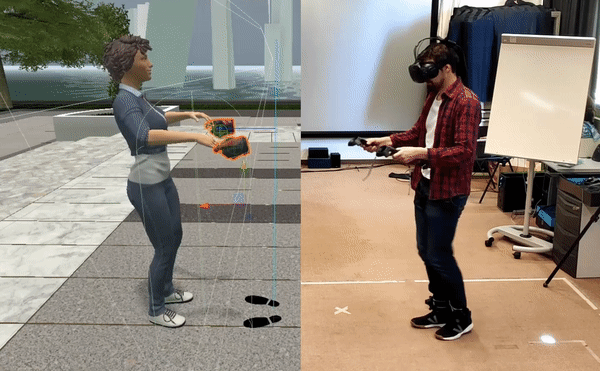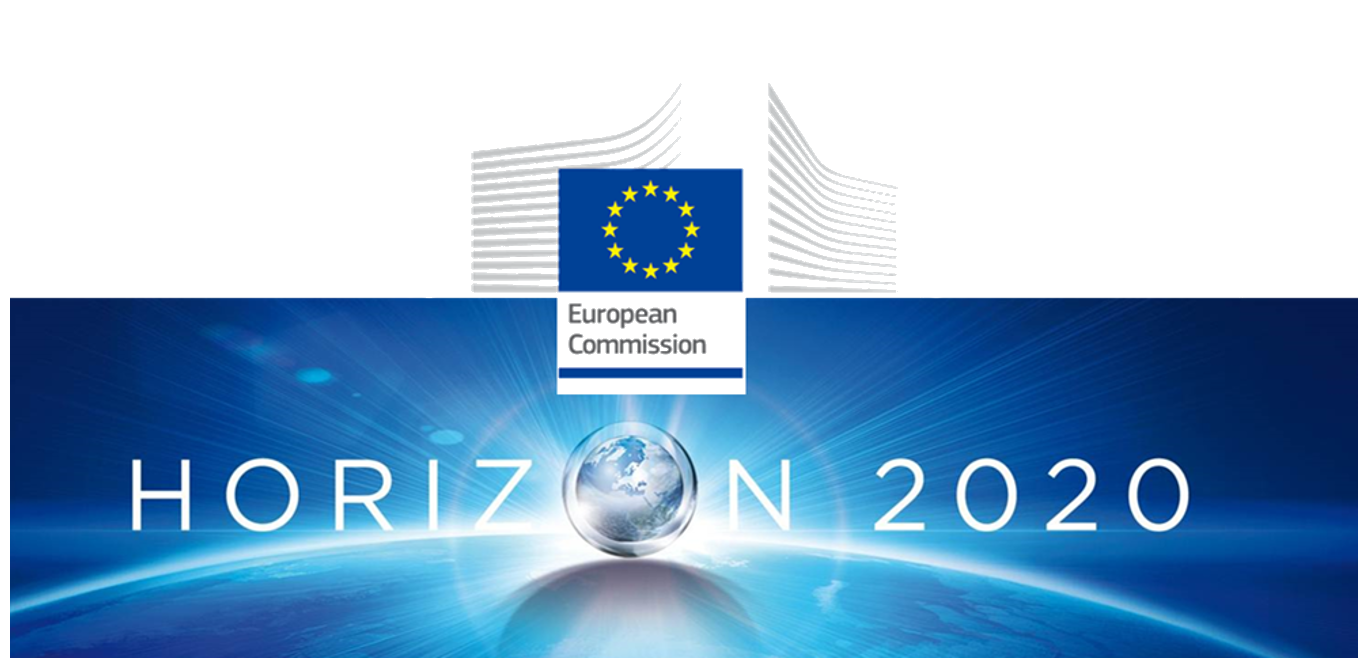Salsa dance learning evaluation and motion analysis in gamified virtual reality environment

Salsa dance learning evaluation and motion analysis in gamified virtual reality environment
Simon Senecal, Niels A. Nijdam, Andreas Aristidou, Nadia Magnenat-Thalmann
Multimedia Tools and Applications, 79 (33-34): 24621-24643, September 2020.
We propose an interactive learning application in the form of a virtual reality game, that aims to help users to improve their salsa dancing skills. The application consists of three components, a virtual partner with interactive control to dance with, visual and haptic feedback, and a game mechanic with dance tasks. Learning is evaluated and analyzed using Musical Motion Features and the Laban Motion Analysis system, prior and after training, showing convergence of the profile of non-dancer toward the profile of regular dancers, which validates the learning process.
Abstract
Learning couple dance such as salsa is challenging as it requires to understand and assimilate all the dance skills (guidance, rhythm, style) correctly. Salsa is traditionally learned by attending a dancing class with a teacher and practice with a partner, the difficulty to access such classes though, and the variability of dance environment can impact the learning process. Understanding how people learn using a virtual reality platform could bring interesting knowledge in motion analysis and can be the first step toward a complementary learning system at home. In this paper, we propose an interactive learning application in the form of a virtual reality game, that aims to help the user to improve its salsa dancing skills. The application was designed upon previous literature and expert discussion and has different components that simulate salsa dance: A virtual partner with interactive control to dance with, visual and haptic feedback, and a game mechanic with dance tasks. This application is tested on a two-class panel of 20 regular and 20 non-dancers, and their learning is evaluated and analyzed through the extraction of Musical Motion Features and the Laban Motion Analysis system. Both motion analysis frameworks were compared prior and after training and show a convergence of the profile of non-dancer toward the profile of regular dancers, which validates the learning process. The work presented here has profound implications for future studies of motion analysis, couple dance learning, and human-human interaction.
The main contributions of this work include:
- A VR environment that guides and helps users to practice and improve theirdancing skills through dance gamification, and more specifically, via interactionwith a virtual avatar. This application also provides seamless motion capturethat can be used for further processing and studies.
- A motion analysis that evaluates the influence of our application on the danceskills of users, in terms of three main criteria: the guidance, rhythm, and style. We extract, evaluate, and validate the important MMF and LMA features using a two-class dataset ofregularandnon dancers, while their movement issynchronized with music.
Acknowlegments
This work is co-financed by the European project MINGEI. The work was also partially supported by the European Union's Horizon 2020 research and innovation programme H2020-WIDESPREAD-01-2016-2017-Teaming Phase 2 under grant agreement No 739578.

© 2025 Andreas Aristidou